Uyuni Salt Flats: Bolivia's Mirror to the Sky
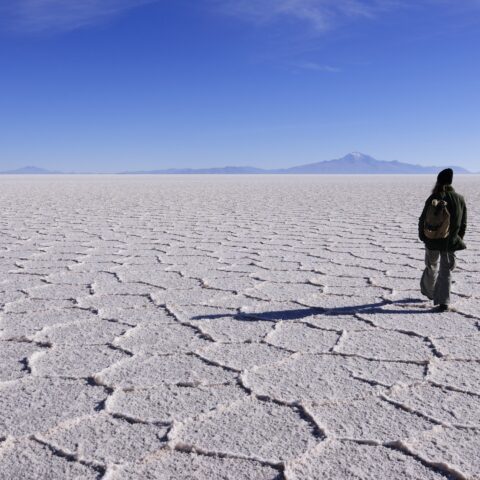
Introduction to Uyuni Salt Flats Bolivia
Overview of Uyuni Salt Flats Bolivia
When you visit Uyuni Salt Flats in Bolivia, you will encounter the world's largest salt flat, spanning over 10,000 square kilometres. The mesmerizing white landscape reflects the clear blue skies, creating a surreal natural spectacle. The flats are located at an elevation of about 3,656 meters above sea level, making it one of the highest and most unique places on Earth.
You can expect to witness vast expanses of shimmering salt crystals, unique wildlife like pink flamingos, and the iconic cactus-filled Incahuasi Island rising from the salty crust. The flats are a photographer's paradise, offering endless opportunities for creative shots due to the unique reflections and optical illusions created by the salt crust.
History and Significance of Uyuni Salt Flats Bolivia
Uyuni Salt Flats hold immense historical and cultural significance for the indigenous people of Bolivia. For centuries, the salt flats have been a vital resource for the local communities, providing salt for consumption and trade. The flats also hold a mythical status in the cultural beliefs of the indigenous groups living in the region.
The vast expanse of salt results from prehistoric lakes that dried up, leaving behind this breathtaking natural wonder. The flats are a tourist attraction and a hub for lithium mining, as Bolivia holds a significant portion of the world's lithium reserves beneath the salt crust. This mineral is crucial for modern technology, making the Uyuni Salt Flats economically significant globally.

Location and Climate of Uyuni Salt Flats Bolivia
Geographical location of Uyuni Salt Flats Bolivia
As you explore the Uyuni Salt Flats in Bolivia, you find yourself in the southwestern part of the country, near the crest of the Andes Mountains. The flats are situated in the Potosi Department, covering a vast area extending to Chile and Argentina's borders. This remote location offers a truly isolated and pristine natural environment, perfect for immersing yourself in the beauty of the salt flats.
Climate and weather conditions in Uyuni Salt Flats, Bolivia
During your visit to the Uyuni Salt Flats, you will experience a climate characterized by cold temperatures and minimal precipitation. The region has a high altitude, which contributes to the chilly weather patterns throughout the year. Be prepared for fluctuations in temperature, with daytime temperatures ranging from mild to cold, especially during the winter months. The dry climate ensures clear skies, which is ideal for capturing the stunning beauty of the salt flats in your photographs.
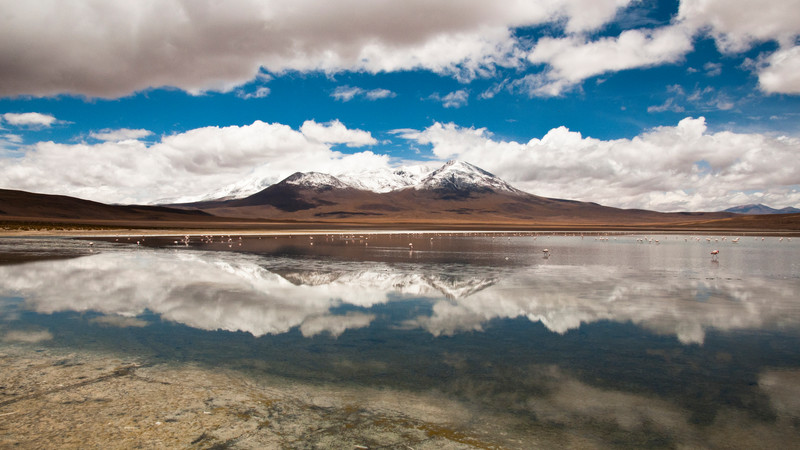
Salar de Uyuni: The Largest Salt Flat in the World
Facts and figures about Salar de Uyuni
As you delve into the wonders of Salar de Uyuni, you'll discover that it is not only the largest salt flat in the world but also one of the most astounding natural marvels to witness. Covering over 10,000 square kilometres, this expansive salt flat is a testament to the forces of nature and offers a surreal landscape unlike any other on Earth.
Unique features and landscape of Salar de Uyuni
While exploring Salar de Uyuni, you'll be captivated by the unique features that define this extraordinary destination. The flat surface of the salt flat creates a mesmerizing mirror effect when covered with a thin layer of water, reflecting the sky above in a breathtaking display of beauty.
Additionally, the presence of cacti-covered islands known as "islas" amidst the vast expanse of white salt adds a touch of greenery to the otherwise stark landscape.
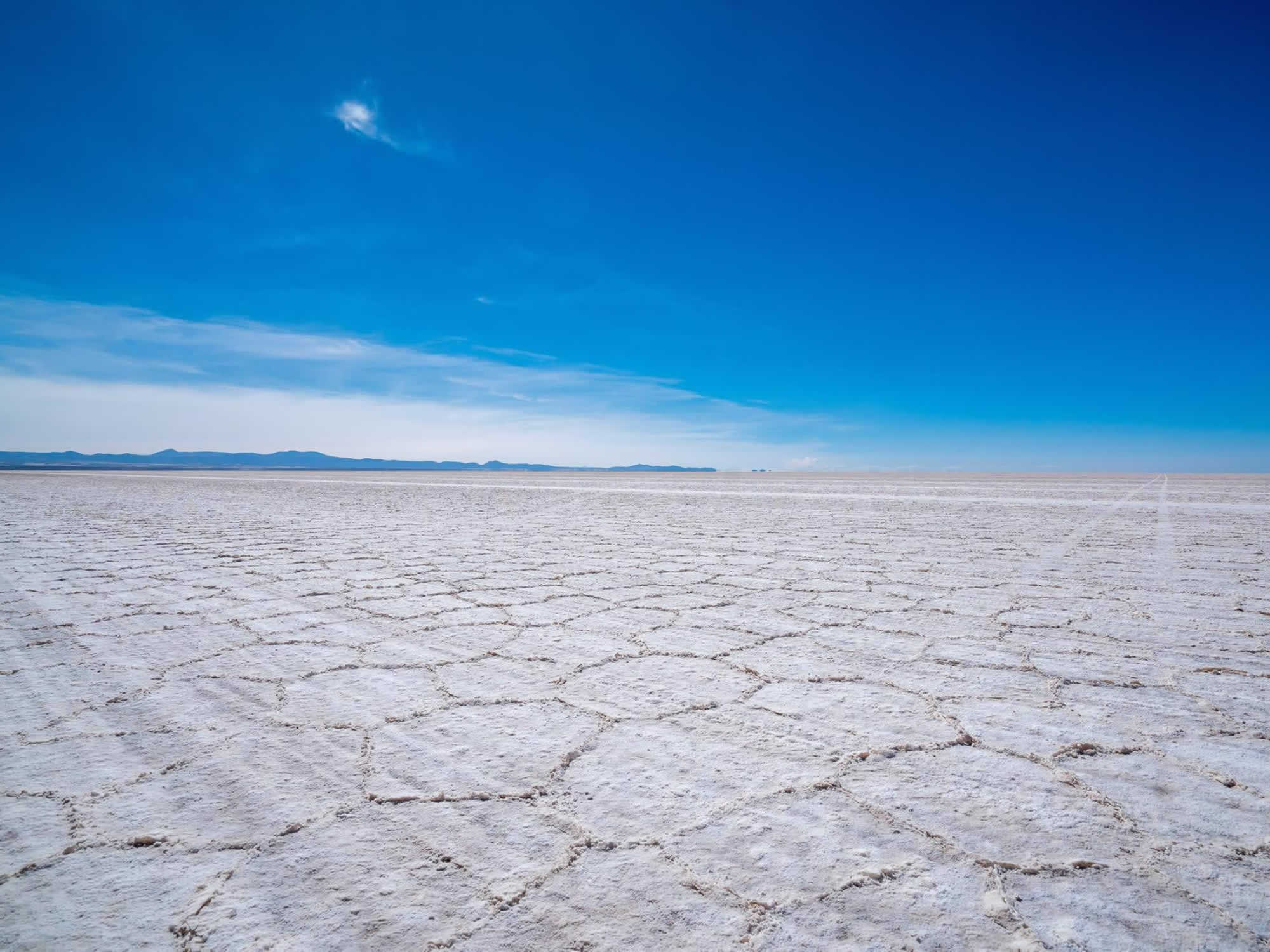
Tourism in Uyuni Salt Flats, Bolivia
Popular tourist attractions in Uyuni Salt Flats, Bolivia
When you visit the Salar de Uyuni, the largest salt flat globally, you'll encounter its popular tourist attractions that never fail to captivate visitors. One such attraction is the stunning mirror effect created when a thin layer of water covers the flat surface of the salt flat, reflecting the endless sky above.
Activities and tours available for visitors in Uyuni Salt Flats, Bolivia
As you plan your adventure to Salar de Uyuni, you'll find a plethora of activities and tours to make your visit truly memorable. From jeep tours that take you through the vast salt flat, showcasing its beauty at different times of the day, to visiting the iconic Train Cemetery that serves as a reminder of Bolivia's railway history, there is no shortage of experiences to enjoy.
You can also opt for a hike to the top of Fish Island to get a panoramic view of the salt flat or marvel at the unique rock formations in the surrounding areas that add another dimension to the natural wonders of Uyuni.
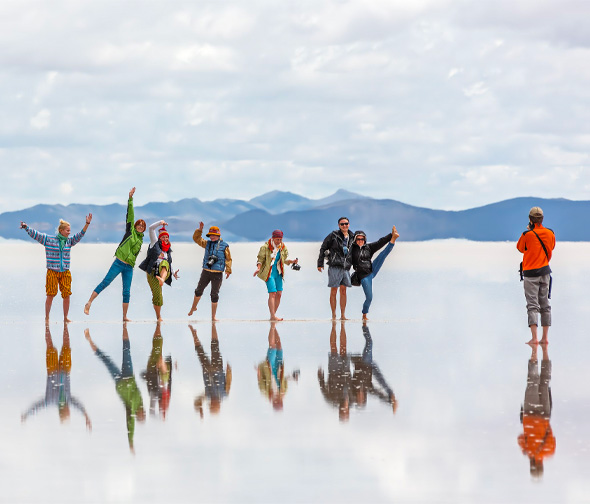
Wildlife and Flora in Uyuni Salt Flats, Bolivia
Biodiversity and Unique Species in Uyuni Salt Flats Bolivia
When exploring the Uyuni Salt Flats, you'll be amazed by the biodiversity and unique species that call this extraordinary landscape home. The salt flats are not just a stunning natural wonder but also a habitat for various species adapted to the harsh conditions of the environment.
From flamingos gracefully wading in the shallow waters to vizcachas, a rabbit-like rodent that thrives in this arid landscape, the salt flats teem with life that has uniquely adapted to the saline environment.
Flora and fauna that can be found in Uyuni Salt Flats, Bolivia
The Uyuni Salt Flats boast a diverse range of flora and fauna that add to the enchanting charm of this otherworldly destination. One of the most iconic sights is the vast flocks of flamingos that inhabit the salt flats, painting a beautiful contrast against the white expanse.
The region also supports a variety of bird species, from Andean avocets to Andean hillstars, making it a paradise for birdwatchers. Additionally, the unique prickly pear cacti that dot the landscape provide a touch of greenery amidst the salty terrain, adding a surreal beauty to the surroundings.
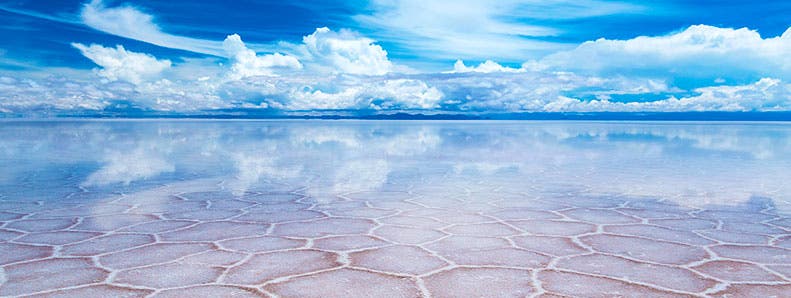
The Surrounding Area of Uyuni Salt Flats Bolivia
Nearby attractions and points of interest around Uyuni Salt Flats, Bolivia
When you visit the Uyuni Salt Flats, there are several nearby attractions to explore. One of the must-visit spots is the Incahuasi Island, known for its towering cacti and panoramic views of the salt flats. You can also venture to the nearby Tunupa Volcano, an impressive natural landmark that dominates the skyline and offers hiking opportunities for the adventurous traveller. The nearby Coquesa village is a charming stop where you can learn about the local culture and enjoy stunning views of the salt flats from a different perspective.
Cultural significance and local communities near Uyuni Salt Flats, Bolivia
As you travel around the Uyuni Salt Flats, you'll encounter local communities that have long-standing ties to the land. The indigenous Aymara people inhabit many villages in the region, preserving their traditional way of life and cultural practices. Visiting these communities gives you a glimpse into their rich heritage, including unique handicrafts and vibrant festivals that celebrate their connection to the land.
By supporting local artisans and engaging with the communities, you can gain a deeper appreciation for the cultural significance of the salt flats and the surrounding area.
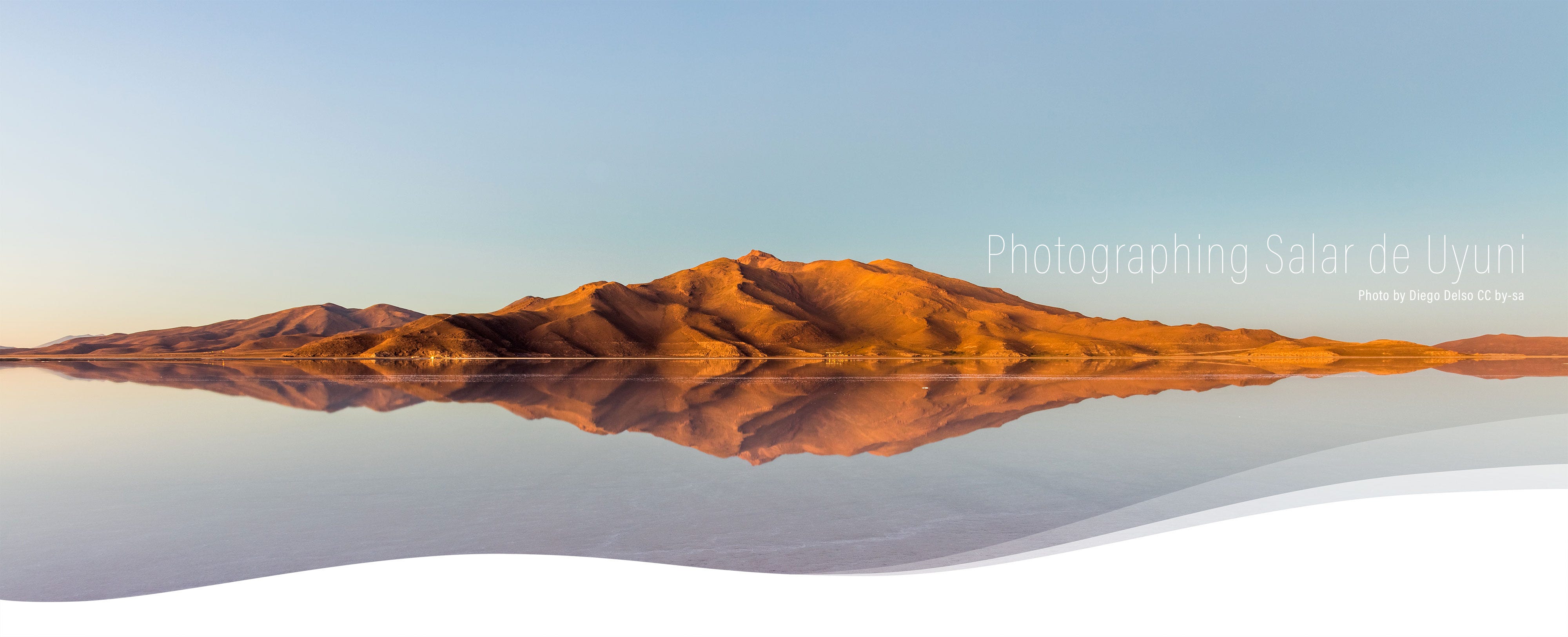
Photography Tips for Capturing Uyuni Salt Flats Bolivia
Best practices for photography in Uyuni Salt Flats, Bolivia
When capturing the mesmerizing landscapes of the Uyuni Salt Flats, remember to focus on the vast expanse of white salt crust stretching out into the horizon. Utilize the natural contrast between the white salt and the blue sky to create striking compositions.
Experiment with different angles and perspectives to showcase the unique textures and patterns formed by the salt crystals. Keep an eye out for reflections after rainfalls, which can create stunning mirror-like effects that add depth to your photographs.
Recommended equipment and settings for capturing the beauty of Uyuni Salt Flats, Bolivia
For optimal photography conditions at the Uyuni Salt Flats, consider using a wide-angle lens to capture the expansive views effectively. A sturdy tripod is essential for stability, especially during sunrise and sunset shots. Adjust your camera settings to capture the bright white landscape accurately, ensuring proper exposure to avoid overexposure.
Don't forget to pack extra batteries and memory cards, as the remote location may limit access to charging stations. Embrace the golden hours of dawn and dusk for soft, warm light that enhances the natural beauty of the salt flats in your photographs.
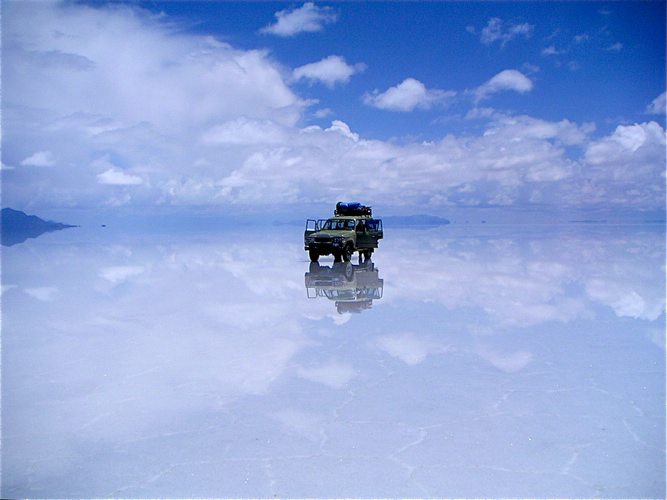
Visiting Uyuni Salt Flats Bolivia: Travel Tips and Recommendations
Transportation options to Uyuni Salt Flats, Bolivia
The most common way to reach the Uyuni Salt Flats is by bus from cities like La Paz or Sucre. It is advisable to book tickets in advance, as the journey can be long, and tickets may sell out quickly, especially during peak tourist seasons. Another option is to hire a private car or join a guided tour for a more comfortable and convenient travel experience.
Accommodation and dining options in Uyuni Salt Flats, Bolivia
In terms of accommodation, there are various options available in the nearby town of Uyuni, ranging from budget hostels to upscale hotels. It is recommended to book accommodations in advance, as the town can get crowded with tourists, particularly during popular travel months. When it comes to dining, there are local eateries and restaurants in Uyuni offering traditional Bolivian cuisine and international dishes.
Be prepared for basic facilities and limited dining choices due to the remote location. Packing some snacks for day trips or tours around the salt flats is also advisable to ensure you have sustenance throughout your explorations.
